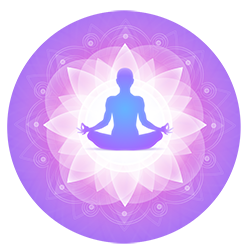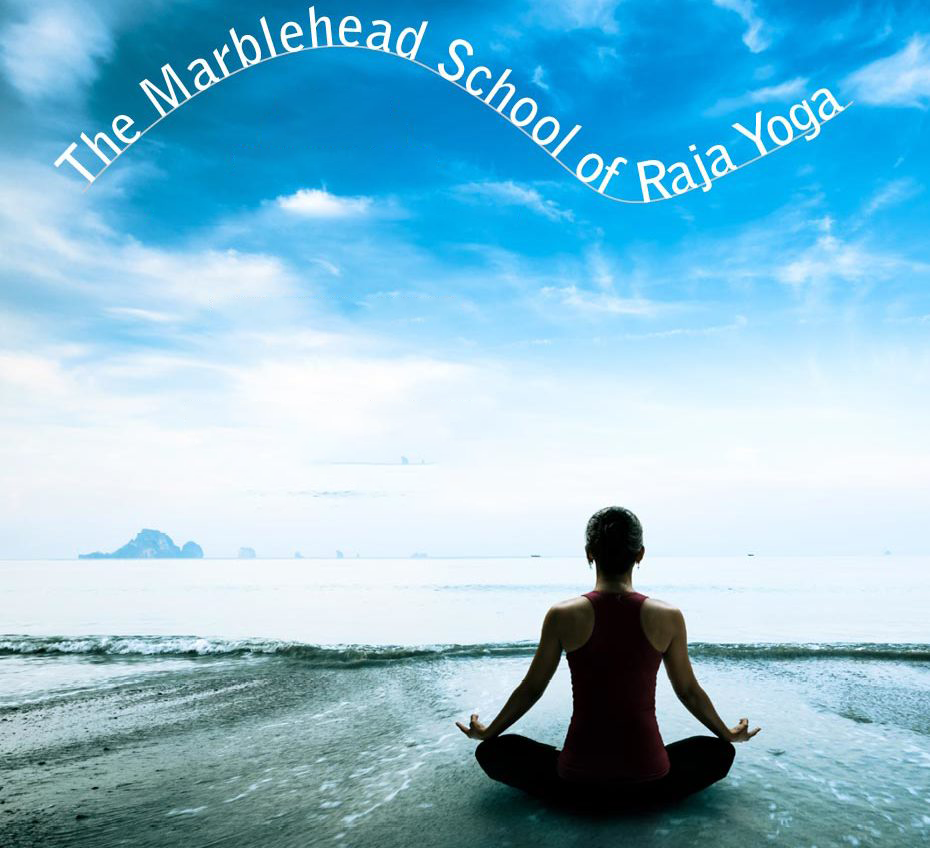Don’t forget your training!
Raja Yoga’s posture and breathing exercises prepare you to hold your physical body very still – specifically, your brain:
• Asana (posture exercises) help maintain a strong, stable outer body so you can hold your skull properly-positioned and still.
• Pranayama (breathing exercises) help maintain a subtle, rhythmically functioning inner body minimizing internal disturbances to your brain.
Raja Yoga’s concentration exercises prepare you to still your conscious, thinking mind, while the three stages of meditation sequentially quiet the sensory, memory, and ego functions of your subconscious mind.
Initially,
Sit balancing a notepad on your head; hold your head up as if you were looking out at the horizon, but look down your nose to a spot on the floor about arm’s length in front of you. I like to use a candle as the object of my focus. Try keeping your spine (which your brain rests on top of) still.
Focus on the mechanics and sensation of your inhalations and exhalations; allow enough time for your breathing to settle into a subtle, rhythmic pace.
Try “creating space” in your body:
• Vertically – as you inhale (the bottom of your diaphragm contracts, pulling it down and drawing air into your lungs), energetically press your perineum down into whatever your sitting on – and as you exhale (the top of your diaphragm contracts, pulling it up and forcing air out of your lungs), energetically press the crown of your head up into the notepad.
• Circumferentially – energetically emphasize the 360-degree expansion of your chest as you inhale.
It’s a matter of self-awareness and control: as you sit still, eyelids partially closed, staring down and concentrating on the candle flame, monitor and make any necessary adjustments to your posture, breath, and thoughts.
Remember that your attitude makes a huge difference: practicing for physical and mental benefits will produce very different results than practicing as a tribute or homage to consciousness (the universally common aspect of each of us that makes life rich!) – so that consciousness might witness the awesomeness of itself!




 Your body/mind is your most valuable resource so treat it accordingly!
Your body/mind is your most valuable resource so treat it accordingly!
